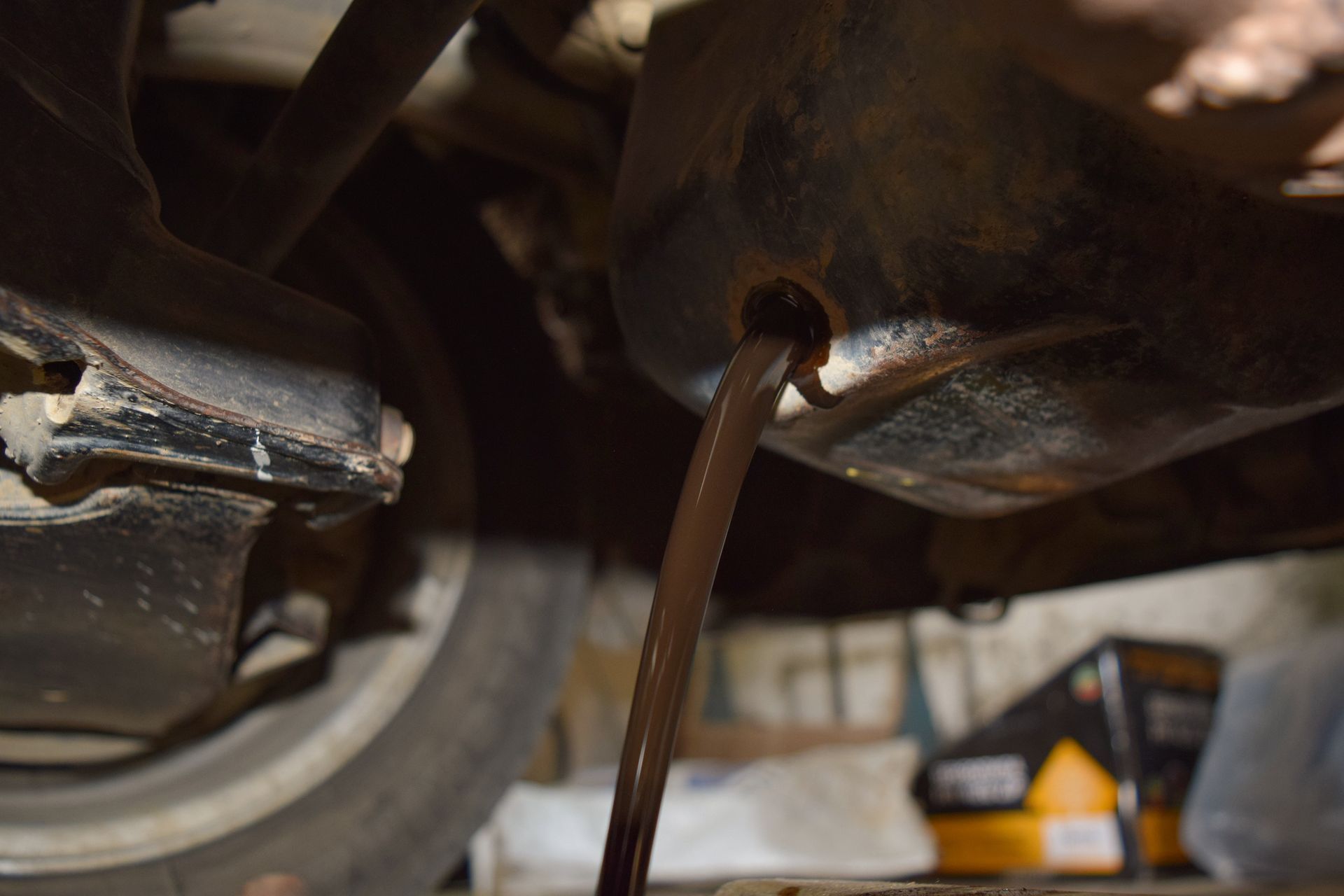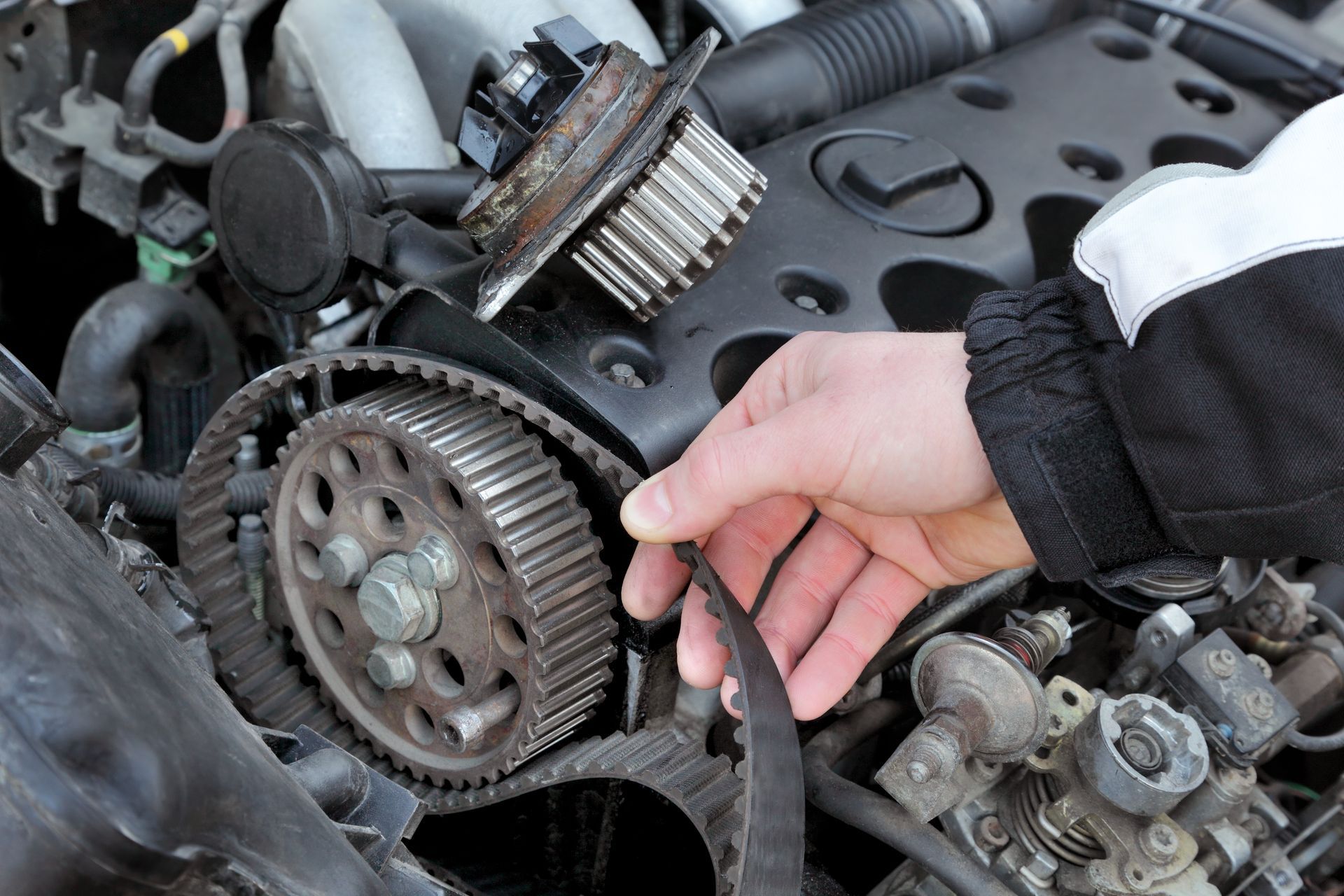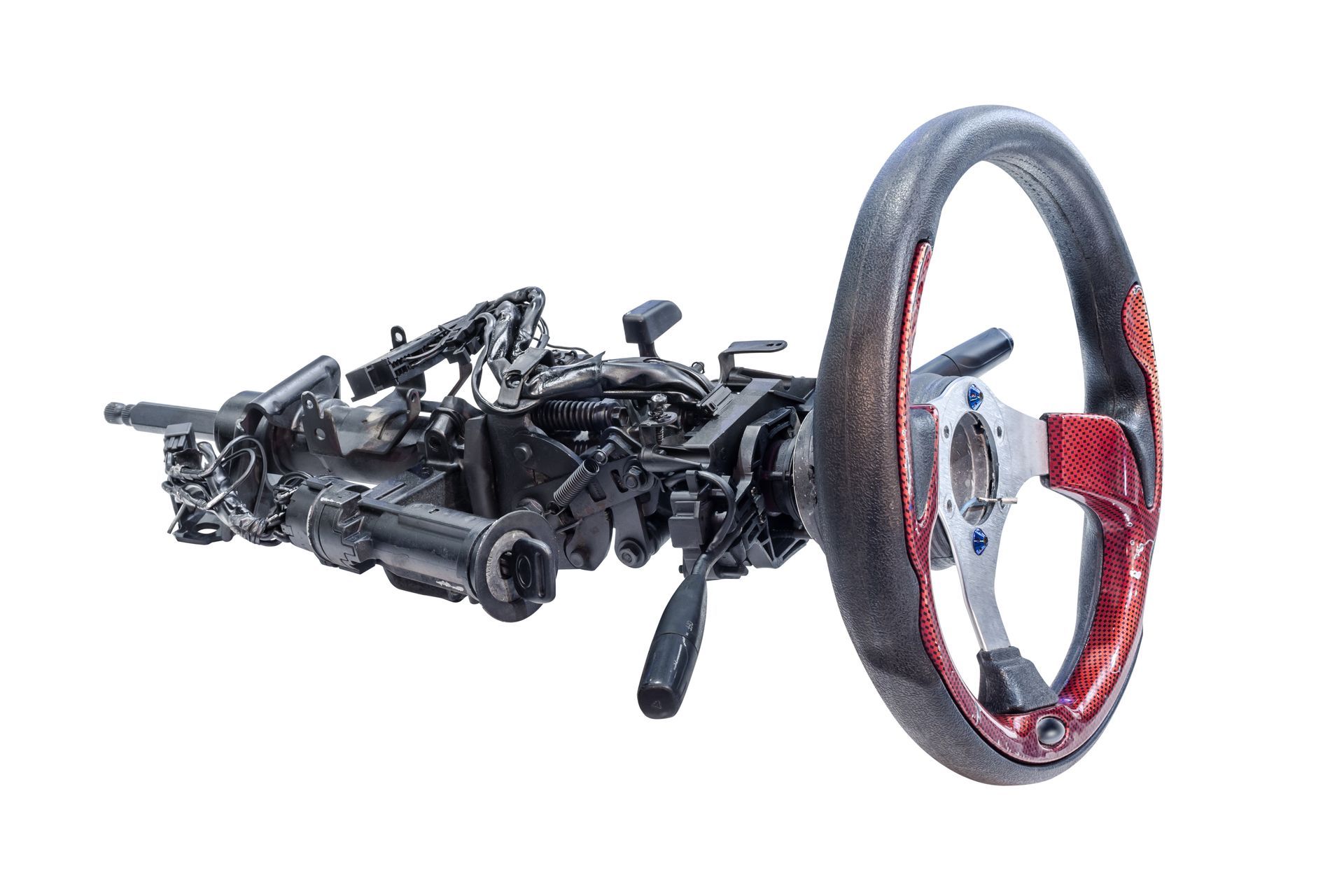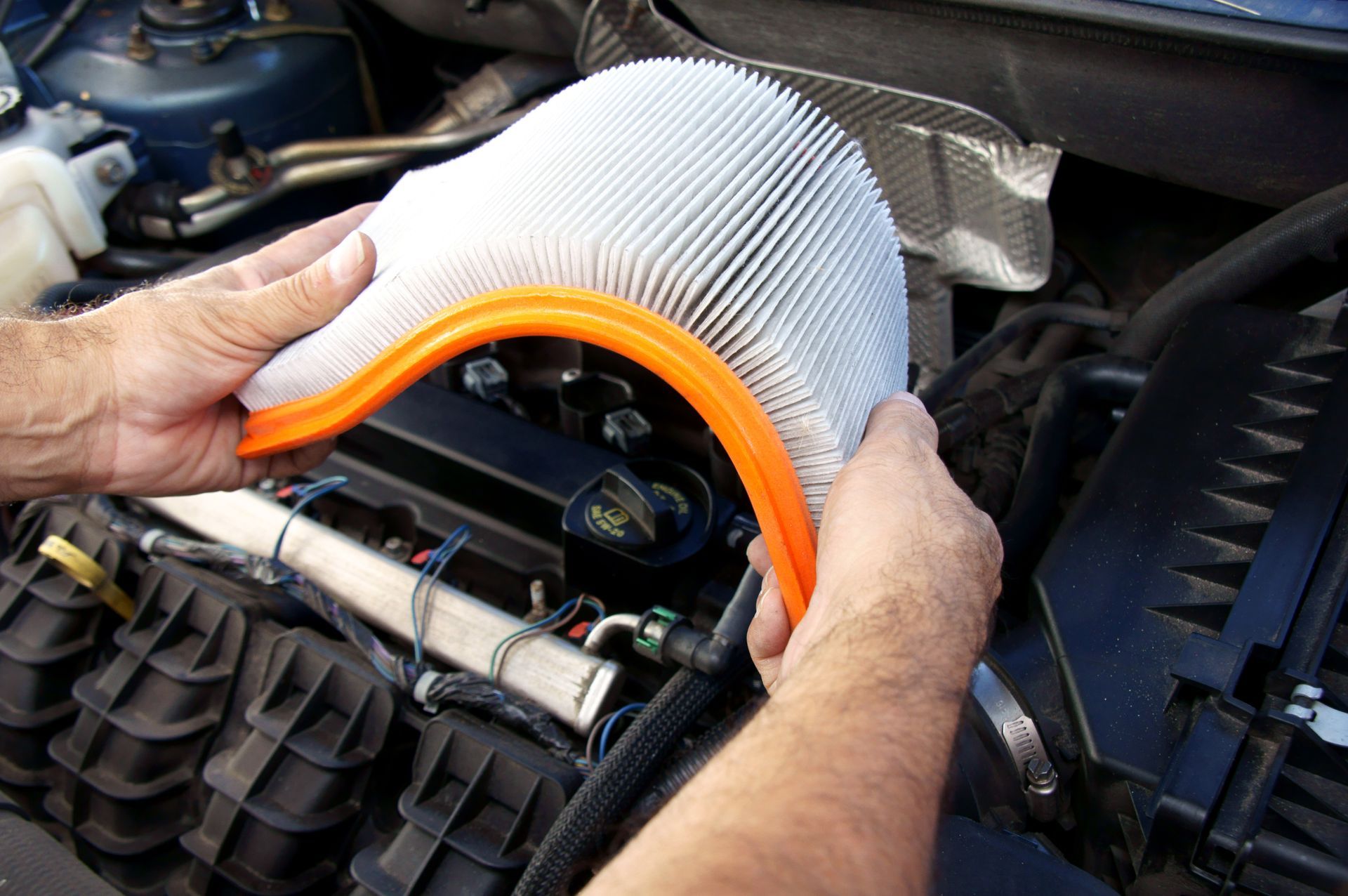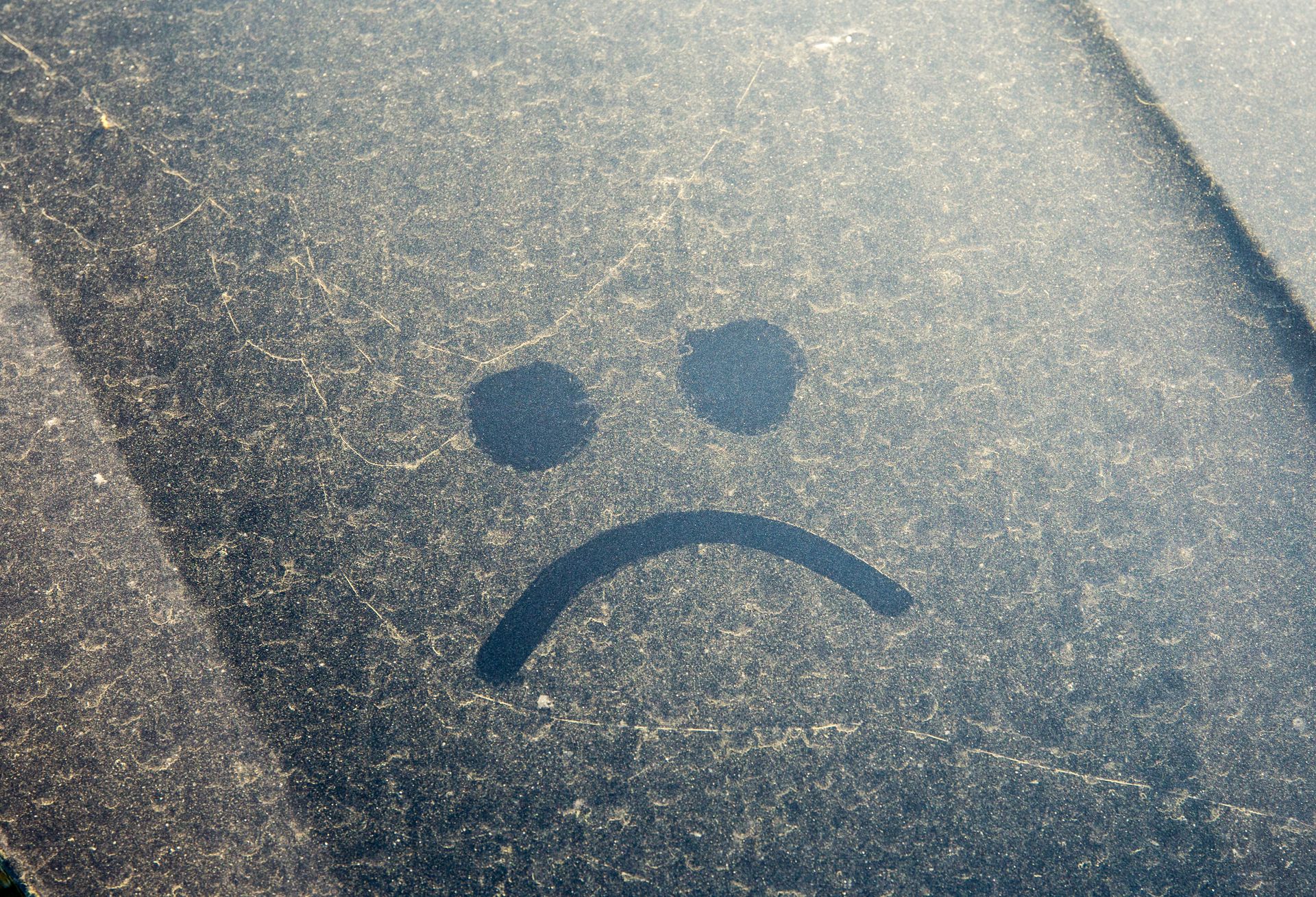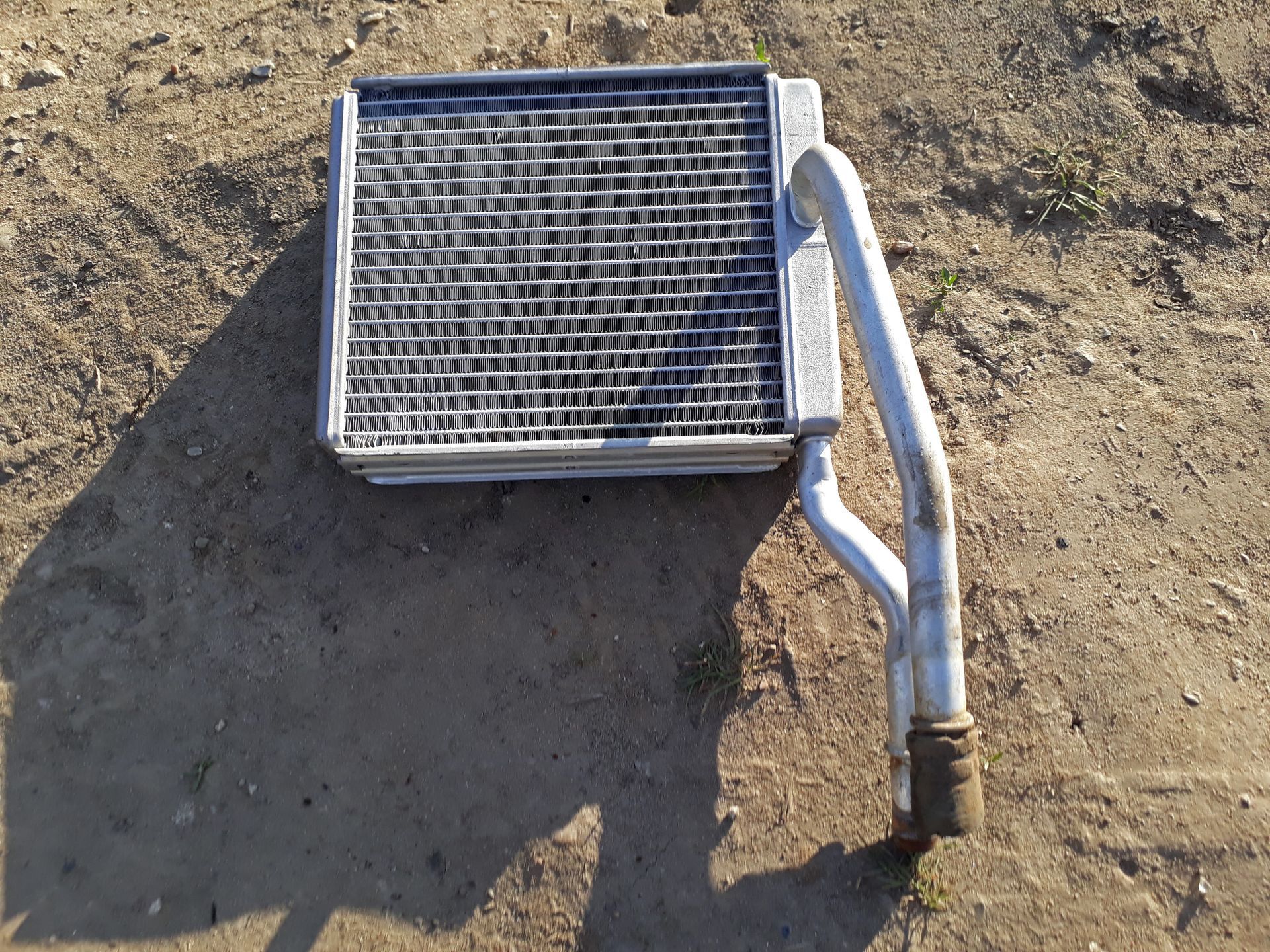An overheating engine is one of the most serious issues your car can face, and it doesn’t always come with a lot of warning. High engine temperatures can warp metal components, damage the head gasket, or even lead to total engine failure when left unchecked. That’s why spotting the early signs matters.
If you’re driving and something doesn’t feel right under the hood, don’t wait for the steam to start pouring out. Here are five key overheating warning signs that drivers should never ignore.
1. Temperature Gauge Reading Higher Than Normal
The most direct indicator that your engine is getting too hot is your dashboard temperature gauge. Most gauges stay in the middle once your engine is fully warmed. If you notice the needle creeping into the red zone or consistently running hotter than usual, it’s time to pay attention.
You don’t need to wait for it to hit the top before pulling over. If the gauge is rising more than normal, especially on a short trip or in mild weather, your cooling system may already be struggling.
2. Steam or Smoke Coming From Under the Hood
If you see steam coming from the front of your car, it’s a sure sign that your engine is overheating. What you see is likely coolant boiling over and escaping from the radiator or overflow tank. While it can look like smoke, steam is usually a sign of high temperatures rather than burning oil or fuel.
At this point, it’s important to pull over safely, turn off the engine, and let it cool down. Continuing to drive while your engine is overheating can quickly lead to major damage, and opening the hood right away can be dangerous. Wait until everything has cooled before investigating further or calling for help.
3. Unusual Smells From the Engine Bay
Hot engines can produce all kinds of smells, and many of them are signs of trouble. A sweet, syrupy scent usually means coolant is leaking or burning, while a sharp or burnt odor might indicate oil or electrical issues related to overheating.
If you start to notice a strong, unfamiliar smell while driving or after shutting the engine off, it could mean the cooling system is leaking or the engine is running hotter than it should. Trust your nose—if it smells off, it probably is.
4. Dashboard Warning Lights
Modern vehicles may display a specific warning light when the engine gets too hot, often in the shape of a thermometer or an engine icon. Some vehicles will also alert you through a message display with instructions to stop the engine or check the coolant level.
These warnings aren’t suggestions—they’re there to prevent permanent engine damage. If you see one of these alerts, pull over and shut off the engine as soon as it’s safe to do so.
5. Poor Performance or Knocking Sounds
Overheating doesn’t just make the engine hot—it can also affect how it runs. If you start to notice poor acceleration, strange engine noises like pinging or knocking, or a sudden drop in power, overheating could be to blame.
These symptoms occur when the engine is running too hot to maintain proper timing or combustion. If it feels like your car is struggling for power or behaving erratically, especially along with any of the other signs above, stop driving and get it checked out.
Severson Auto Service – Overheating Help You Can Trust in Rochester, MN
At
Severson Auto Service in Rochester, we’ve seen how quickly overheating can go from a warning sign to a serious repair. Our team is here to help you catch cooling system problems early, whether it’s a leaking hose, a faulty thermostat, or a radiator in need of replacement. If your car is showing signs of overheating or just doesn’t seem right, bring it in before the damage gets worse. We'll get you back on the road safely and help protect your engine from future trouble.


